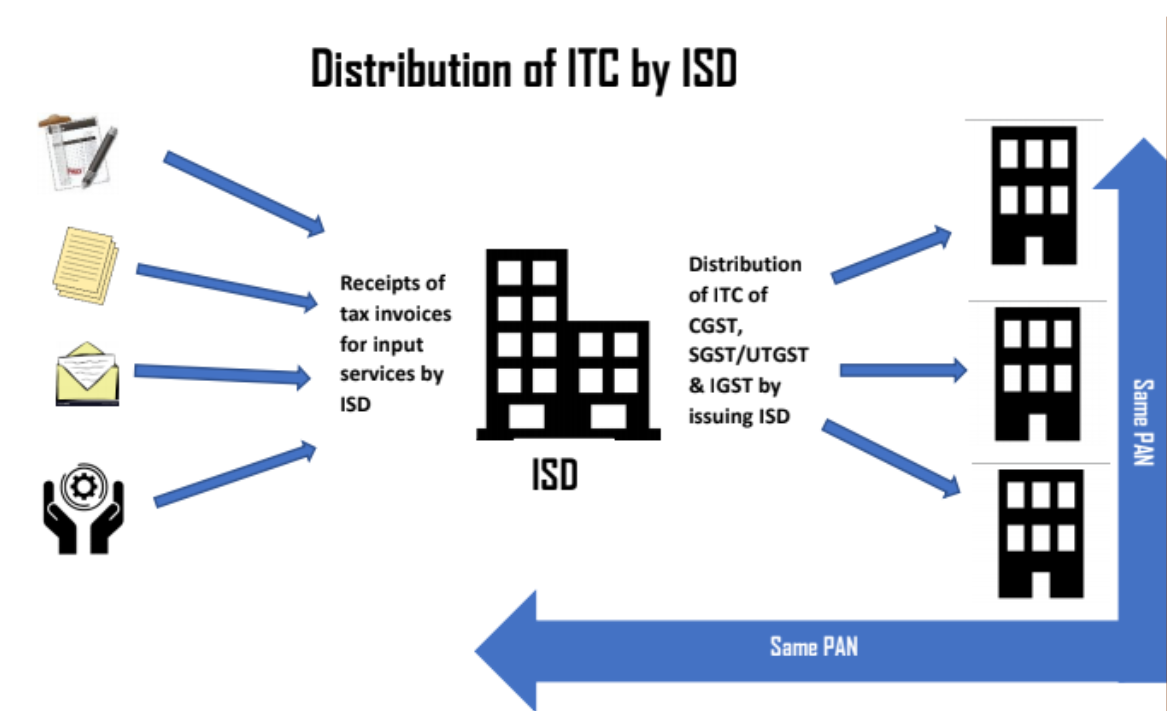
Improvised Explosive Devices (IEDs)
Subscribers of "Current Affairs" course can Download Daily Current Affairs in PDF/DOC
Subscribe to Never Miss an Important Update! Assured Discounts on New Products!
Must Join PMF IAS Telegram Channel & PMF IAS History Telegram Channel
- Context (IE): The recent explosion in Bengaluru was prima facie caused by an improvised explosive device (IED).
What are IEDs?
- The term “improvised explosive device” originated in the 1970s from the British army, particularly in response to the tactics employed by the Irish Republican Army (IRA).
- The term “IED” gained common usage during the United States’ Iraq invasion in 2003.
- IEDs are homemade explosives used by criminals, terrorists, and insurgents.
- Some common materials used to build IEDs include fertilisers such as ammonium nitrate and urea nitrate, gunpowder, and hydrogen peroxide.
- They come in different types and can be triggered in various ways.
- IEDs range from simple bombs to complex devices capable of causing significant harm.
- IEDs can be deployed using a vehicle, carried, placed, or thrown by a person, delivered in a package, or concealed on the roadside.
- The extent of damage caused by an IED depends on its size, construction, and placement, and whether it incorporates a high explosive or propellant.
- IEDs are not simply used to kill and injure — they have often, especially in active war zones, been used as distractions.
- Some notable instances of IEDs being used in the past include the 1993 Mumbai serial blasts, the 2008 Jaipur blasts, the 2006 Jama Masjid bombings, and the 2013 Bodh Gaya bombings.





![PMF IAS Environment for UPSC 2022-23 [paperback] PMF IAS [Nov 30, 2021]…](https://pmfias.b-cdn.net/wp-content/uploads/2024/04/pmfiasenvironmentforupsc2022-23paperbackpmfiasnov302021.jpg)











